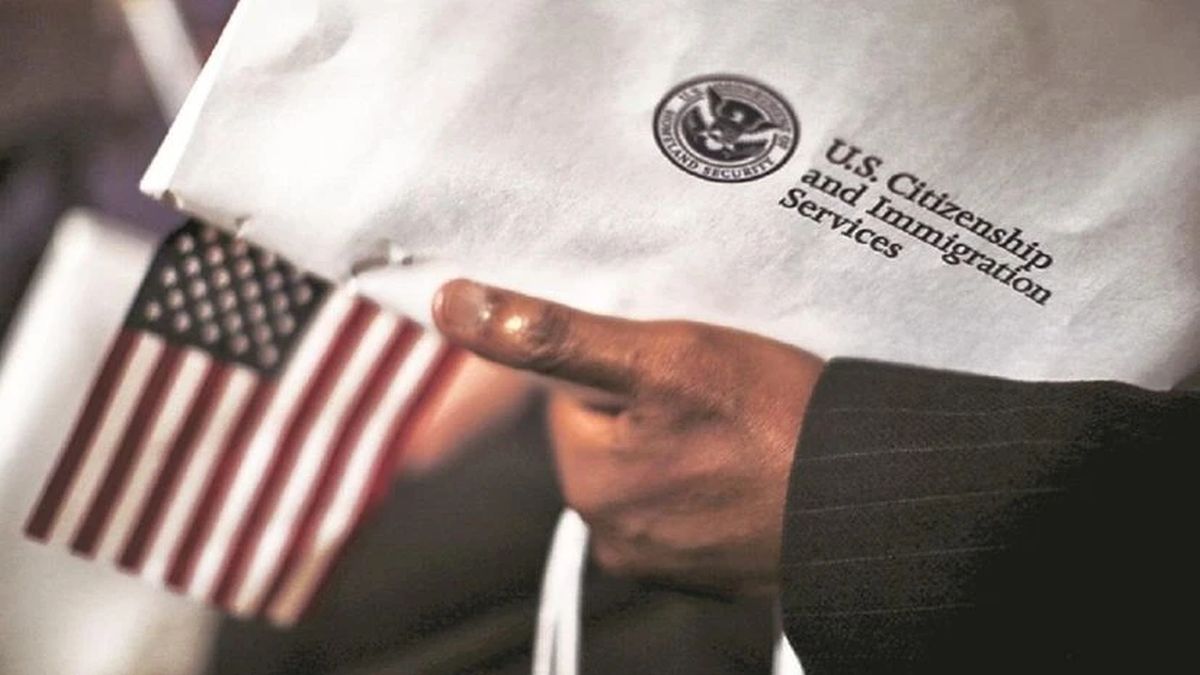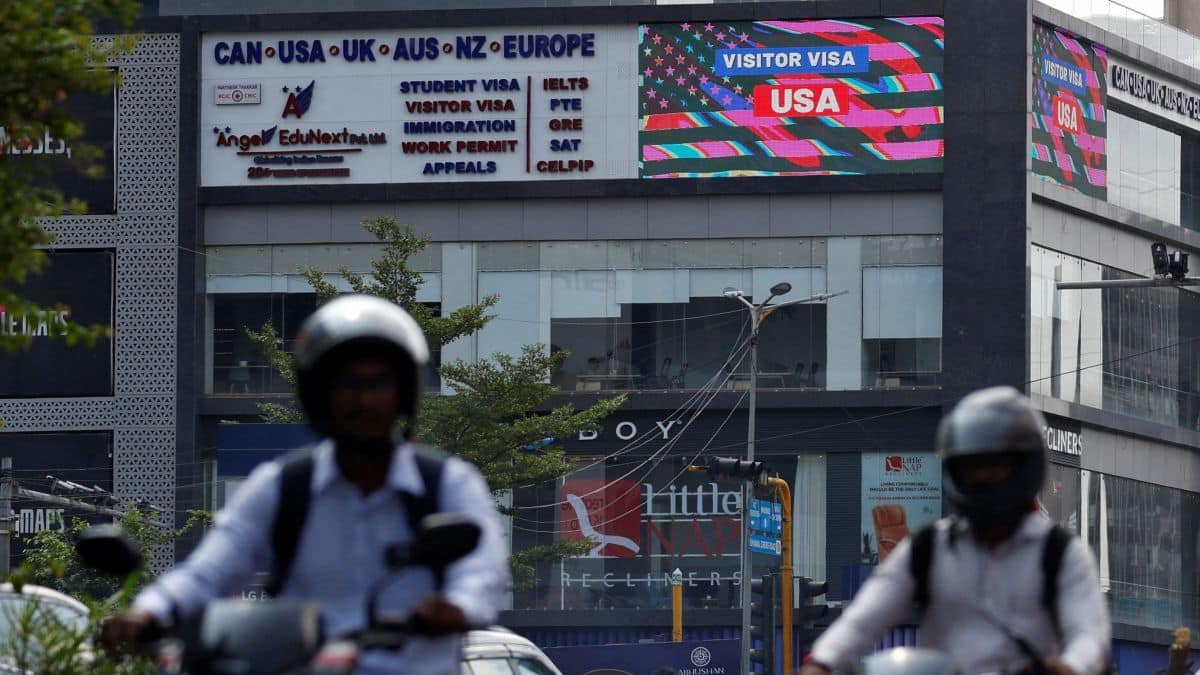H-1B visa, L-1 visa, O visa… If you have been following the news recently, you may have come across these words. In fact, the Donald Trump administration has been making or proposing significant changes to its visa programme, in an effort to curtail foreign workers and encourage US employment, all in the effort of ‘Making America Great Again’.
But all of it can be quite confusing. If you are one of those who are wondering what are the different types of visas that America offers, and how they function, we present this simple guide that will explain it all — immigrant visas as well as non-immigrant visas. And who’s eligible for which ones, and how much they cost.
What is a US visa?
Before we explain the different types of visas that the US provides, let’s understand an American visa.
For any citizen of a foreign country, including Indians, they have to obtain a visa to travel to America. The type of visa required depends on the purpose of the visit — work, study, tourism or immigration — as defined by US immigration laws.
To simplify it, the US visa is divided into two broad categories: a non-immigrant visa, which is typically for short visits. Business travellers, tourists, workers with specialty abilities, and students fall under this category. The second is the immigrant visa which allows a person to move to another country to live there permanently. It is usually given to people who want to work, join a family, or start a new life abroad. With this visa, you can live, work, and apply for permanent residency or citizenship later.
What are the different types of work visas that US offers?
The US is the world’s largest economy, and many from across the world travel to the country’s shores in their effort to live the ‘American Dream’. For this, they have to avail themselves of a work visa.
H-1B visa
Perhaps the most important work visas are the H-1B visas. It dates back to 1990 when then-President George HW Bush signed a new bill into law in an effort to encourage the immigration of highly skilled workers, including scientists, engineers, and educators, to address labour shortages in specialised fields.
Today, the H-1B visa is granted to “highly educated” foreign professionals to work in “specialty occupations” that require at least a bachelor’s degree or the equivalent. The H-1B visa is typically granted for an initial period of three years and can be extended up to a maximum of six years.
According to a January report by fwd.us, an immigration and criminal justice advocacy group, there are an estimated 730,000 H-1B holders in the US and an additional 550,000 dependents.
Earlier, the fee for an H-1B visa ranged from $2,000 (Rs 1,77 lakh) to $5,000 (Rs 4.43 lakh), depending on the size of the company applying for the visa. However, in a decree signed by Donald Trump on September 19, his administration announced that from 12:01 am ET on September 21, US companies must pay $100,000 (Rs 88.68 lakh) per H-1B application.
L-1 visa
The US also offers L-1 visas for those employees looking to be transferred internally. It allows multinational companies to transfer certain employees from their foreign offices to work in the US temporarily.
The L-1 visa has a further classification: the L-1A, which is for managers and executives who are being transferred to a US office that is a subsidiary, branch, affiliate, or parent company of the foreign employer, and the L-1B is for employees with specialised knowledge who are being transferred to a U.S. office of the same multinational company.
While an L-1A visa comes with a three-year duration, L-1B visa has only one year. Moreover, the cost of this type of visa is an average of $7,000 (Rs 6.2 lakh).
O visas
This worker visa is granted to people who have extraordinary skills within their field. To demonstrate that they’re extraordinary at their job, these candidates have to provide proof that they’re at the top of their field and known nationally or internationally for their achievements.
People in industries such as business, sciences, arts, sports, entertainment, and education may qualify for this type of visa. Employees who support extraordinary workers, such as personal assistants and managers, may also qualify.
Notably, there are different types of O visas. O-1A for those with an extraordinary ability in the sciences, education, business, or athletics. There’s O-1B for those with an extraordinary ability in the arts or extraordinary achievement in the motion picture or television industry.
P visas
These are issued to certain athletes, entertainers, artists, and essential support personnel who are coming to perform in the US.
Other work visas
There are also the E-1 and E-2 visas, which allow individuals to visit the US for trade activities. A Q visa is granted to those travelling to the US to participate in an international cultural exchange programme for the purpose of providing practical training, employment, and the sharing of the history, culture, and traditions of their home country.
The US also has a R visa for persons who want to work temporarily in the United States in religious capacities.
What are the student visas to the US?
The US is not just a mecca for jobs. With some of the best learning institutions and programmes in the world, the US is also a highly sought after destination for students. And for those who wish to move to the US for studies, there are three categories of student visas: F, J, and M.
F visas
This is the most popular type of student visa in the US and allows international students to study for full-time courses at various institutions — a recognised university, college, seminary, conservatory, academic high school, elementary school, etc.
This visa has an average cost of $500 (Rs 44,300), and anyone with an acceptance letter, form I-20 from the school and sufficient financial funds can apply for this type of visa.
M visa
Apart from the F visa, the US also grants an M visa to international students coming to study vocational or non-academic programmes. Junior or community colleges commonly offer these programmes. This visa costs an applicant $330 (Rs 29,300) as a SEVIS I-901 fee and an additional application fee of $185 (Rs 16,400).
J visa
Students who wish to participate in an exchange programme can apply for a J1 visa. The J visa category includes both high school and college students who wish to participate in an accepted work-and-study programme as designated by the Exchange Visitor Program.
The J category includes programmes such as: Au Pair, camp counsellor, physician programme, professor and research scholar programme, and teacher programme.
What about America’s permanent visas?
The previously mentioned visas are all non-permanent visas, meaning those who avail of them have to return to India when the visa expires.
But, the US also provides some visas that are permanent, falling under the immigrant visa category.
EB visas
There are five types of Employment-Based (EB) visas — EB-1, EB-2, EB-3, EB-4, EB-5 — denoting preference that gives an individual permanent residency in the United States.
EB-1 covers those with “extraordinary ability” such as business professionals, academics and researchers, scientists, the arts, or athletics.
EB-2 visas are for professionals holding an advanced degree or foreign equivalent; or who can prove at least 10 years experience in a field; or those whose employment is in the national interest of the US.
EB-3 visas are available to those holding a bachelor’s degree, or foreign equivalent, as well as skilled and unskilled labourers who have a non-temporary offer of employment from a US employer.
The EB-4 visa is an employment-based visa category that allows certain special immigrants to live and work permanently in the United States. It is designed for individuals who qualify under specific categories, including religious workers, broadcasters, certain physicians, employees of international organisations, and armed forces members.
Last but not least, the EB-5 is an investor visa, which grants permanent resident status to investors who satisfy certain criteria.
K visa
The US also provides a K-1 visa for the foreign fiancé of a US citizen to enter the United States with the purpose of getting married within 90 days of arrival. It’s important to note that while this is technically a non-immigrant visa, it creates a pathway to permanent residency.
Are visas a guarantee of entering the US?
It’s important to note here that a visa does not ensure admission to the United States. You are only permitted to travel up to the land border or airport. On arrival, you must request permission from US Customs and Border Protection (CBP) and the Department of Homeland Security (DHS). These officials have the power to accept or deny your request to stay.
You receive an entrance stamp or a paper Form I-94, an arrival/departure record, from a US immigration officer. During your visit to the United States, it is crucial to preserve this document in your passport because it verifies your status as a legitimate immigrant.
With inputs from agencies


)

)
)
)
)
)
)
)
)



